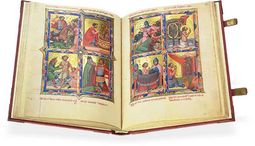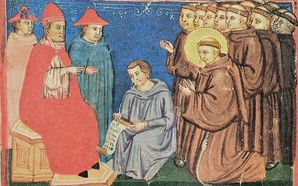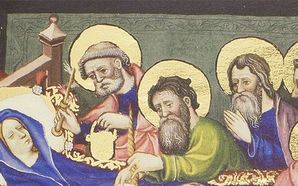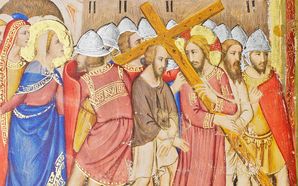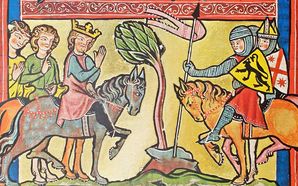Saints' Lives
If saints modelled their lives on that of Jesus Christ, then medieval Europeans modelled their lives on those of saints. Indeed, many monastic orders were founded in imitation of one saint or another. This is evidenced by the large number of medieval hagiographic works that have survived to the present, some of which belong among the finest specimens of illuminated manuscripts.
The life-story and deeds of a saint as a healer, visionary, and a generally holy person were recorded in so-called hagiographies or “Saints’ Lives” such as the Legenda Maior concerning St. Francis of Assisi. Other manuscripts like the Anjou Legendarium take a more encyclopedic form and cover a large number of saints in condensed form.
Illuminated manuscripts of these tales were commissioned to provide spiritual and moral inspiration to laymen or by monastic orders celebrating their founders and were produced from Late Antiquity through the invention of the printing press. They are a testament to the important role saints played in medieval Christian spirituality.
Demonstration of a Sample Page
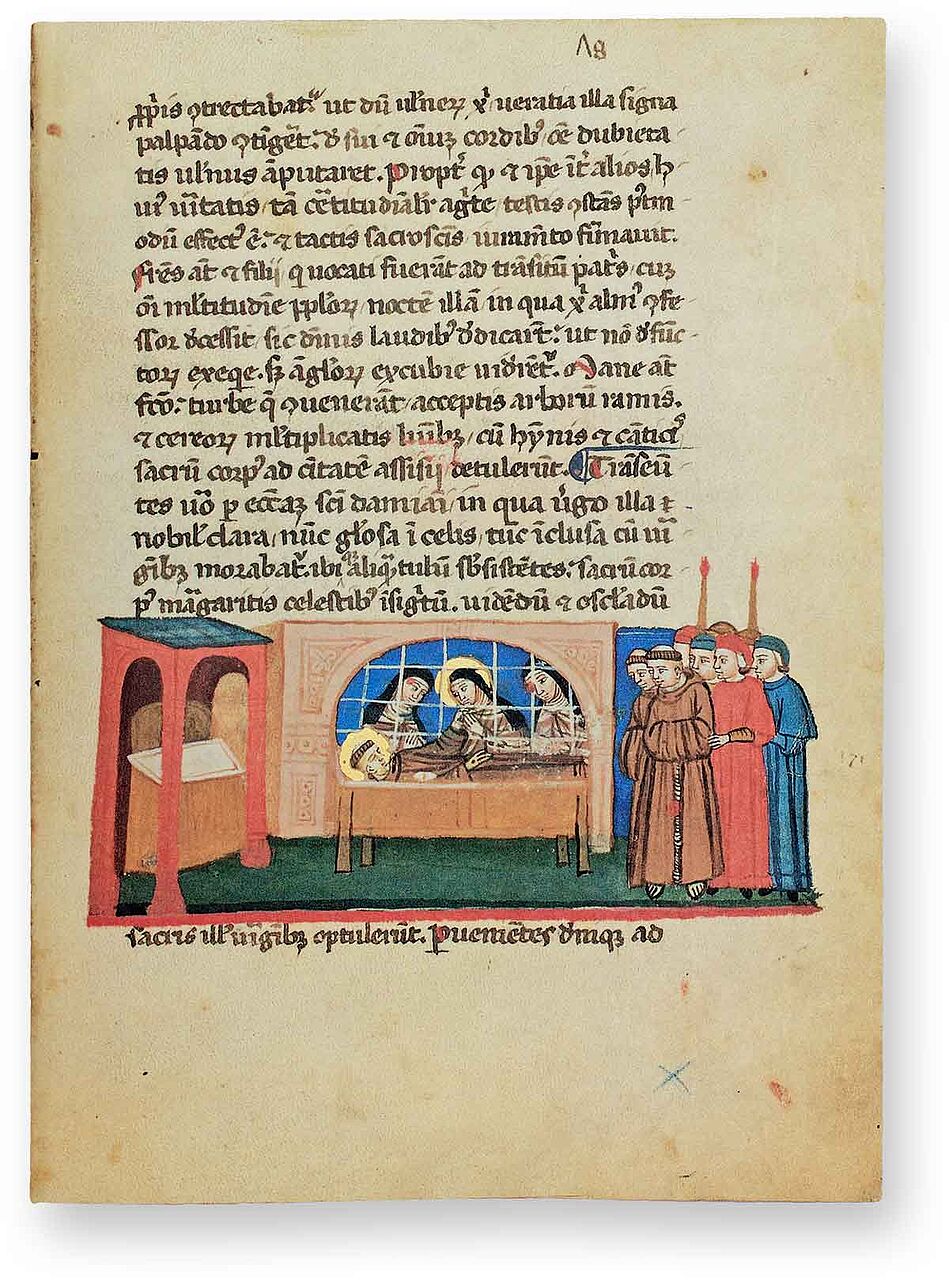
Legenda Maior: The Life of Saint Francis of Assisi
Death of Saint Francis
During a 40-day fast, Saint Francis had a vision of a seraph – a six-winged angel – on a cross and received the stigmata. Unable to cure his wounds after travelling to Siena, Cortona, and Nocero seeking treatment, he was brought to the simple hut where his spiritual journey began and died surrounded by members of his order.
Rather than a simple hut, the artist imagined Francis in a more refined place of rest complete with an elegantly arched window of carved stone and an altar covered by a ciborium (canopy), even if that would not have been to the ascetic’s liking. Nonetheless, the artist depicts Francis with the stigmata and surrounded by his followers. The nun with a halo holding his hand is likely the Virgin Mary who has come to take him to heaven.

